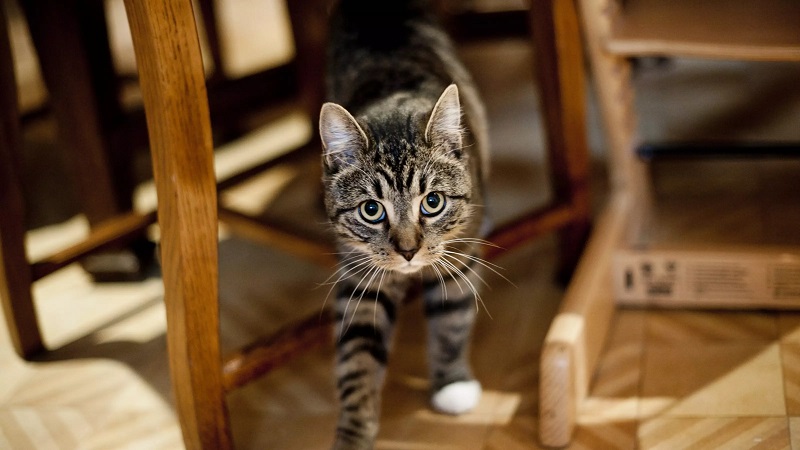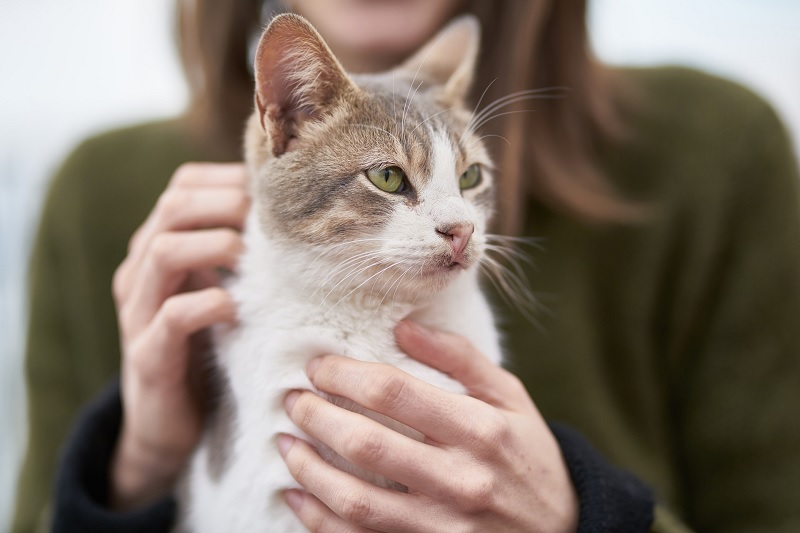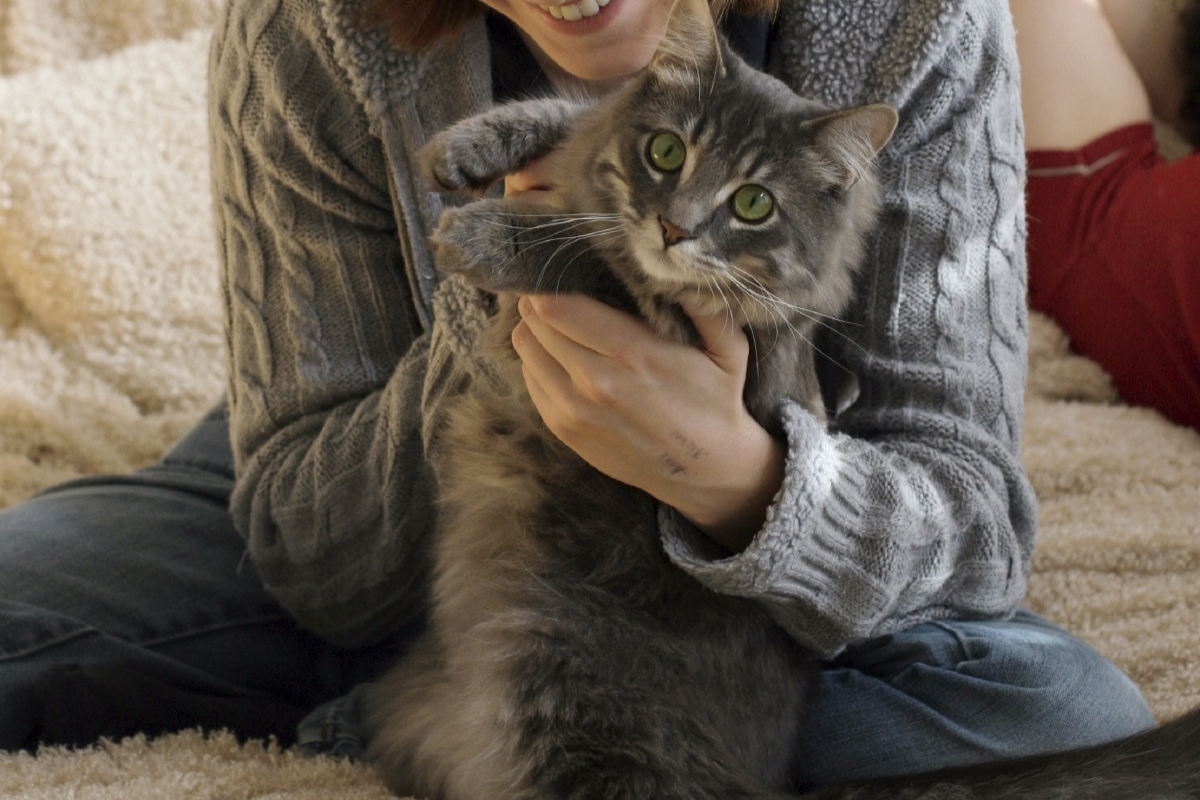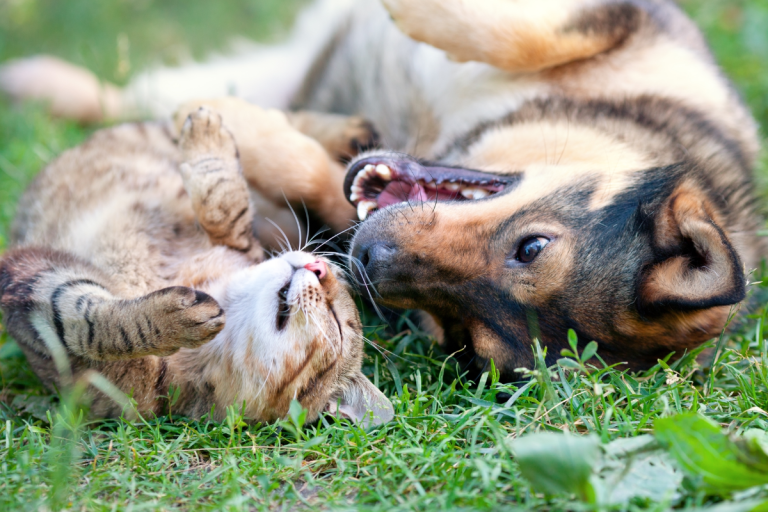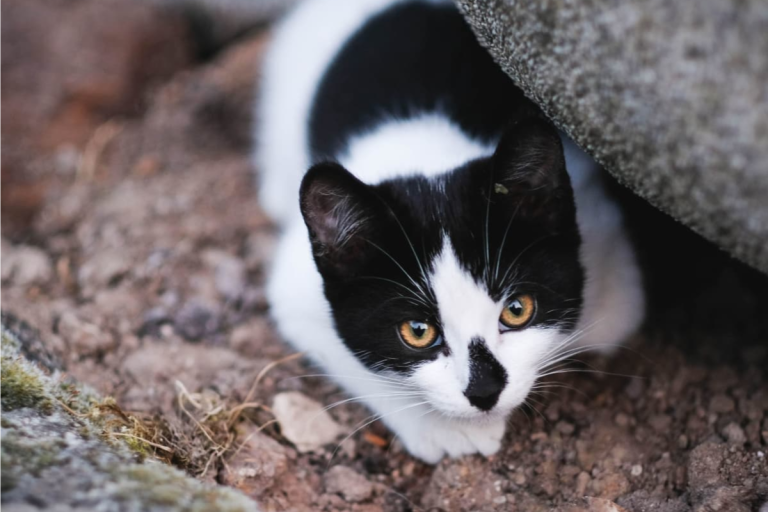Creating a friendly bond with your feline friend can sometimes feel like a challenge. After all, cats are notoriously independent creatures. But fear not! With the right approach, you can make your cat feel secure and ready to socialize. Let’s explore how to cultivate an environment where your cat feels safe and becomes more willing to be friendly.
Understanding the Importance of a Safe Environment
The foundation of any positive interaction with your cat begins with a safe and secure environment. But what does that really mean?
Creating a Cozy Space
Your cat needs a dedicated area where it can feel comfortable and relaxed. This isn’t just a corner with a blanket thrown over it; it’s about creating a cozy haven.
Choosing the Right Spot
Find a quiet area in your home, away from the hustle and bustle. Cats love spots that offer them a good view of their surroundings, so think about placing a comfy bed near a window or a perch where they can observe.
Providing Comfort Items
Include items like soft blankets or their favorite toys. These familiar objects can help your cat feel more at ease. It’s like putting on your favorite hoodie after a long day—comfort is key!
Keeping the Environment Calm
Your home should be a sanctuary. Loud noises, sudden movements, and chaotic environments can make your cat anxious.
Reducing Noise and Distractions
Minimize loud sounds like the TV or loud music, especially during the times when your cat is trying to relax. Soft background music can create a soothing atmosphere, almost like a gentle lullaby.
Safe Zones in the Home
Consider establishing safe zones throughout your home. These could be designated areas where your cat can retreat when feeling overwhelmed. Cat trees, hideaways, or even a simple cardboard box can become their go-to spots for a little R&R.
Building Trust Through Interaction
Now that your cat has a secure space, it’s time to work on trust. How do you get a cat to trust you? Here’s how!
Approaching Your Cat with Care
Your demeanor plays a crucial role in how your cat perceives you. Approach them gently and patiently.
Recognizing Signs of Comfort
Observe your cat‘s body language. If they approach you with their tail held high or rub against you, they’re showing affection and trust. If they flatten their ears or hide, give them space and try again later.
Using Soft Voices and Gentle Movements
Talk to your cat in a soft, reassuring tone. Quick movements might startle them, so make sure to move slowly and gently. Think of it like trying to win over a shy friend—patience is key!
Encouraging Positive Experiences
The more positive interactions you can create, the better! This will help build their confidence over time.
Interactive Playtime
Play is a great way to bond. Use toys that mimic prey, like feather wands or laser pointers. This not only satisfies their hunting instincts but also creates joyful moments together. Plus, who doesn’t love a little game of chase?
Reward-Based Training
Consider using treats to reward positive behavior. If your cat approaches you or plays nicely, offer a small treat. It’s a win-win—you get a friendly cat, and they get a tasty snack!
Socializing Your Cat Gradually
Introducing your cat to new experiences can help them become more social, but it must be done slowly.
Introducing New People Slowly
When it comes to meeting new people, don’t rush your cat.
Controlled Introductions
Start with one person at a time, preferably someone calm and gentle. Allow your cat to approach at their own pace. This is akin to throwing a small party for your introverted friend—less overwhelming is better!
Monitoring Reactions
Keep an eye on your cat‘s behavior. If they seem stressed or anxious, give them space and try again later. Remember, patience pays off!
Engaging with Other Pets
If you have other pets, you can also help your cat socialize.
Supervised Meetings
Introduce pets slowly and under supervision. It’s essential to allow them to sniff each other and become acquainted without feeling threatened. Think of it as a friendly introduction at a gathering!
Creating Positive Interactions
Use treats to encourage friendly behavior. For example, if both pets are calm in each other’s presence, reward them. This teaches them that good things happen when they’re together.
The Role of Routine in Your Cat’s Life
Cats thrive on routine. A consistent schedule can significantly impact their comfort levels.
Establishing a Consistent Schedule
Try to keep feeding and playtime consistent. Predictability can be soothing for your cat.
Feeding Times
Regular feeding times not only help with their health but also create a sense of security. Your cat will learn when to expect their meals, and this stability can lead to a calmer demeanor.
Playtime and Rest
Incorporate play sessions into your daily routine. Whether it’s in the morning or evening, consistent play helps your cat understand that they can look forward to these interactions.
Understanding Your Cat’s Needs
Be aware of your cat’s moods and preferences.
Recognizing Stress Signals
If your cat is hiding or avoiding interaction, they might be feeling stressed. Acknowledge these signals and allow them the space they need.
Adjusting the Environment Accordingly
If something seems off, try to identify what might be causing the stress. It could be a new pet, construction noise, or even a change in your routine. Adapting to these changes can help your cat feel more secure.
Providing Enrichment for Mental Stimulation
A bored cat is often an anxious cat. Keeping your kitty mentally stimulated is vital for their happiness.
Toys and Games
Invest in toys that challenge your cat and stimulate their natural instincts.
Interactive Toys
Look for toys that require your cat to think and engage, like puzzle feeders or toys that dispense treats. These toys can keep your cat occupied for hours!
Puzzle Feeders
Puzzle feeders are a fun way for your cat to enjoy their meals while also engaging their brains. It’s like a workout for their mind—rewarding and beneficial!
Environmental Enrichment
Creating an engaging environment is just as important.
Cat Trees and Scratching Posts
Provide vertical spaces like cat trees and scratching posts. These items not only give your cat places to climb and scratch but also help them feel more secure in their territory.
Safe Outdoor Experiences
If possible, consider supervised outdoor time. A harness and leash can provide a safe way for your cat to explore the outdoors while feeling secure with you by their side.
Conclusion
Making your cat feel safe and fostering their friendliness takes time and effort, but the bond you’ll create is well worth it. By ensuring a safe environment, building trust through gentle interactions, and providing mental stimulation, you can help your cat feel more comfortable and willing to socialize.
Remember, each cat is unique, so be patient and attentive to their needs. With love and understanding, your kitty will surely open up to you!
FAQs
What are some signs my cat feels safe?
Your cat may exhibit several signs that they feel safe, including relaxed body posture, purring, slow blinking, and approaching you with a raised tail. These behaviors indicate that they trust their environment and the people in it.
How can I tell if my cat is becoming friendlier?
A cat becoming friendlier may show interest in interacting with you, such as following you around, initiating play, or seeking your attention by rubbing against you. They might also allow you to pet them more often and show less fear during encounters.
Can I train my cat to be more social?
Yes! Training your cat using positive reinforcement techniques can encourage social behavior. Rewarding them with treats or affection when they exhibit friendly behaviors helps reinforce those actions, gradually making them more sociable.
What should I do if my cat is still fearful?
If your cat remains fearful, continue to provide a safe space and avoid forcing interactions. Give them time and allow them to approach you on their terms. Consider using calming products, like pheromone diffusers, to help ease their anxiety.
Are certain breeds friendlier than others?
While individual personalities can vary widely, some cat breeds are generally known for being more sociable. Breeds like Ragdolls, Maine Coons, and Siamese tend to be friendlier and more interactive with humans. However, remember that every cat is unique, and their behavior largely depends on their environment and experiences.
